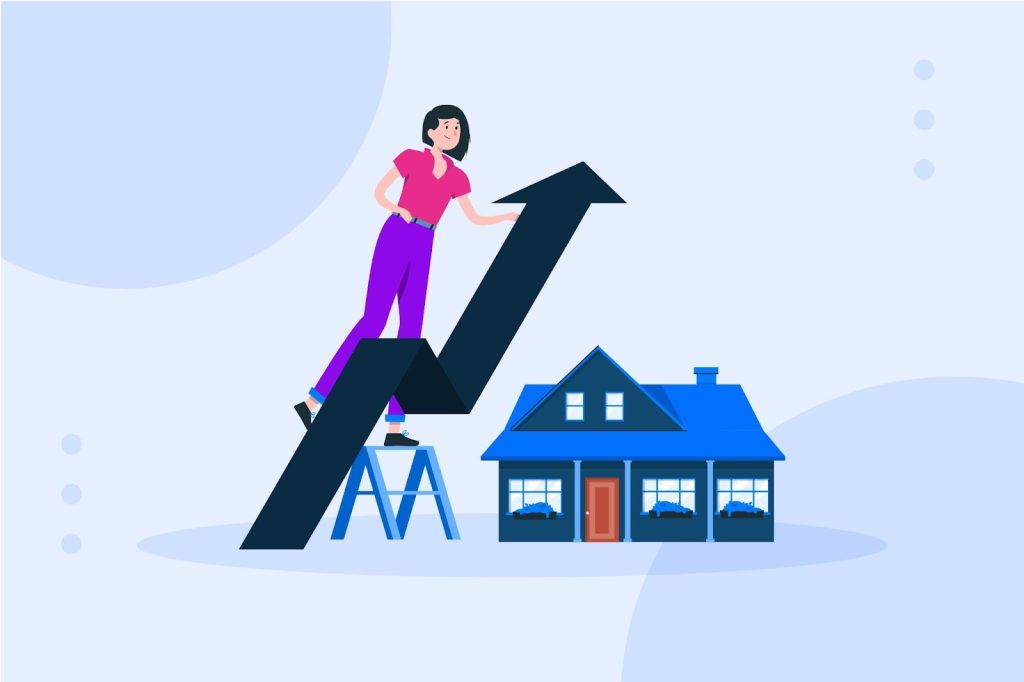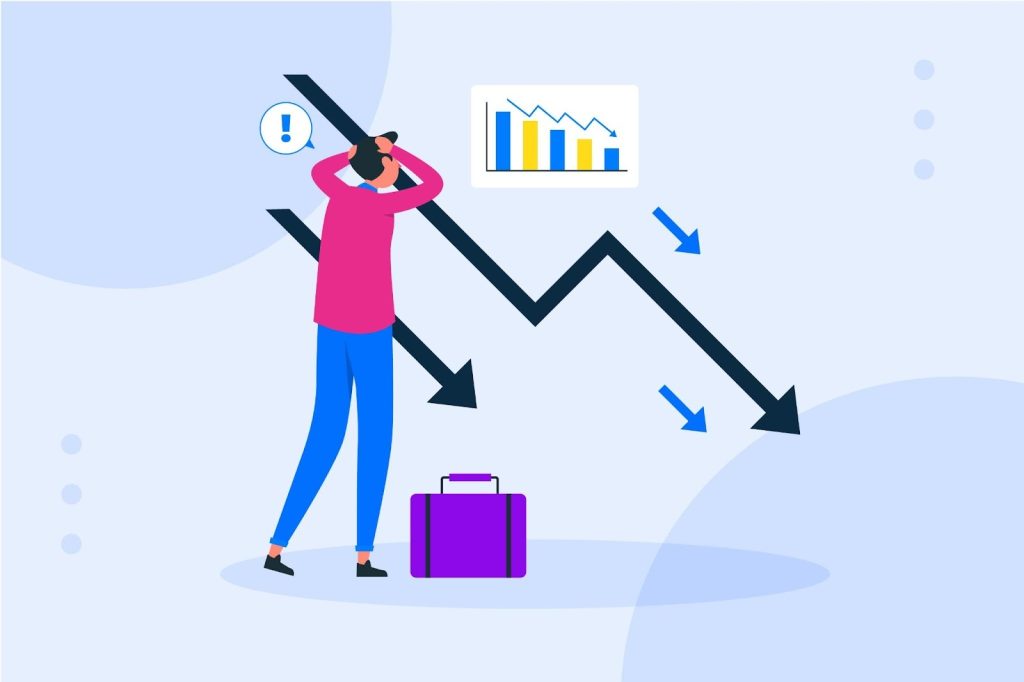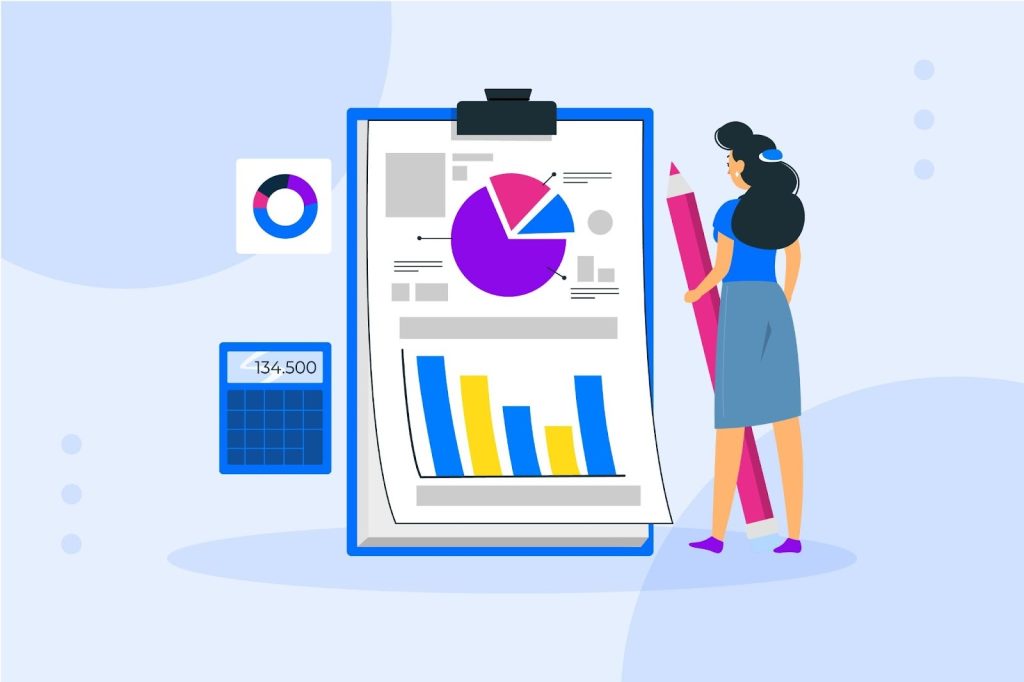Why Real Estate Planning Is Vital For Brokers During 2025’s Market Conditions

With home sales slowing, mortgage rates nearing 7%, and headlines warning of market instability, many brokers are asking if this is 2008’s market crash all over again.
This fear isn’t unfounded. Rising borrowing costs have pushed many buyers to the sidelines, while would-be sellers hold onto their low-rate mortgages.
While home prices in many regions remain stable, the pace of growth is slowing, and transaction volume may become low.
For brokers, this environment means you need strategic foresight. The ability to adapt quickly, allocate resources wisely, and guide agents through uncertainty will help you survive the current market. A structured planning process can help you navigate this challenging market with confidence.
In this article, we’ll unpack what real estate planning for brokerages means, why it’s so critical in 2025, and the practical steps you can take to strengthen your business no matter where the market heads next.
Is the U.S. Real Estate Market in a Downturn?

Despite much talk about a potential slump, the U.S. housing market isn’t in an outright downturn. At least not yet.
Instead, it’s entering a period of slowdown, including slow price growth, stubbornly high mortgage rates, and pockets of regional softness. Here’s what recent data says about the current market conditions:
- Cooling price momentum: Home prices up just 2.7% year‑over‑year, down from March’s 3.5%, with a 0.4% dip from March to April. While annual gains remain positive, the trend has clearly softened.
- Elevated mortgage costs: With 30-year rates hovering near 7%, high borrowing costs are keeping many potential buyers sidelined.
- Inventory rising, sales falling: Existing home sales are closer to 30-year lows, while inventories slowly accumulate. This means a drag on price growth and a shift toward buyer dominance in some regions.
- Mixed regional outlooks: Certain markets, like Boston, Miami, and Phoenix, are now seeing buyer advantages and slower absorption, while others remain firm.
📉 Will the housing market crash?

One common fear among real estate professionals is that this market shift will be a repeat of 2008: a dramatic, steep crash in housing values. However, the current dynamics differ significantly:
- Declining but stable price growth: Most forecasts predict slow appreciation rather than severe drops. Surveys project home prices rising by 2% to 4%, with a slight dip in only some cities.
- Strong homeowner equity: Many real estate owners typically carry far more equity than during the 2008 bubble, reducing the likelihood of distressed sales.
- Structural supply constraints: Limited construction and scarce inventory are providing a floor under prices, even as demand softens.
- Stable construction outlook: Most analysts expect homebuilding trends to remain flat due to financing and material costs. Without a spike in supply and with mortgages staying elevated, significant price drops are unlikely.
A full-blown crash seems unlikely. It’s more likely that the market will stabilize and cool, which is much different from the soft bust after the previous recessions.
However, brokers need to prepare for tougher transactions, a wider range of pricing, and more nuanced conditions.
What Is Real Estate Planning for Brokers?

At its core, real estate planning for brokers is a structured, forward-looking strategy designed to help professionals make smarter decisions across every area of their business.
In this context, we’re referring specifically to the operational, financial, and strategic planning that real estate brokers need to do to thrive, especially in the current market conditions.
The real estate planning process involves aligning business goals with market realities and long-term growth strategies. It includes:
- Assessing current real estate assets and liabilities, including listings, pipeline strength, client base, agent productivity, and operating costs.
- Forecasting revenue and expenses under various market scenarios, such as high interest rate environments, low transaction volumes, and seasonal slowdowns.
- Streamlining operations by identifying inefficiencies in transaction management, lead conversion, agent workflows, and marketing performance.
- Setting short and long-term goals for your brokerage, such as expanding into new markets like luxury properties or working with real estate investors, recruiting more agents, or increasing your average transaction volume.
- Evaluating and mitigating risks associated with shifting buyer and seller demand, interest rate changes, or regulatory shifts.
- Scenario planning that considers multiple possible outcomes, such as soft landing versus deep correction, and maps out the actions to take under each.
It’s important to note that this isn’t a one-time activity. Effective brokers revisit their real estate planning process regularly to adjust strategies based on new market data and performance trends.
Planning helps brokers move from reactive decision-making to proactive leadership. In practice, this means making intentional decisions about where to focus energy and resources: which real estate properties to specialize in, which technology systems to invest in, and how to structure commissions or bonuses to motivate agents during leaner months.
For brokerage owners, this also includes longer-term questions about succession planning, diversifying revenue streams, and protecting the overall health of their business, especially if their income depends on a small pool of high-performing agents.
🤔 What’s the difference between planning for brokers and estate planning?
It’s important not to confuse real estate planning for brokers with estate planning, as they serve two very different purposes.
Estate planning is the process individuals go through to manage their financial affairs and ensure their assets, including properties, are distributed according to their wishes after death.
This type of planning involves developing a comprehensive estate plan, creating estate planning documents like wills and trusts, and powers of attorney. It also addresses issues like estate taxes, beneficiary designations, and access to bank accounts or investments.
On the other hand, planning for brokers focuses on the operational and strategic decisions that help a brokerage succeed in the current market. It’s about planning for business continuity, team performance, marketing strategy, and financial growth.
Why Is Real Estate Planning So Important in the Current Market Conditions?

As mentioned above, in 2025, real estate brokers are navigating one of the most complex markets in recent times. Sales are slow, buyers are price sensitive, and mortgage rates remain elevated.
Against this backdrop, brokers who fail to plan are left reacting to chaos, while those with a strong planning process can stay focused, stable, and strategic.
Here’s why thoughtful real estate planning is more vital than ever:
☑️ Mitigating risk in a volatile market
Without a plan, brokers are vulnerable to sudden shifts in transaction volume, pricing trends, or agent turnover.
A planning process gives you a framework for weathering uncertainty by building cash reserves, creating contingency plans, and monitoring key metrics like pipeline velocity, close rates, and average commission.
☑️ Managing inventory more strategically
Not all real estate properties are the same in the current climate. Some price brackets are moving, others are stagnant.
Certain zip codes are seeing renewed buyer interest, while others have gone quiet. Strategic planning helps brokers allocate resources that are more likely to sell and price properties in line with current demand.
☑️ Making data-driven hiring and retention decisions
With fewer transactions in many markets, recruiting more agents isn’t always the answer. In fact, having too many agents at a time like this can increase your overheads without driving revenue.
Proper planning enables you to make more informed staffing decisions, like identifying top performers, offering the right incentives, and letting go of underperformers if necessary.
☑️ Staying financially resilient
Planning ahead means tracking financial obligations, cash flow, planning for lean months, and making targeted investments that pay off, whether that’s upgrading your customer relationship management (CRM) platform, automating your transaction management, or refining your digital marketing.
☑️ Capitalizing on opportunities others miss
Markets in transition create new openings, including new niche client groups, underserved neighborhoods, and shifting price bands.
Brokers with a clear plan can move faster than competitors to capture those opportunities. That might mean pivoting to serve first-time buyers, creating content around affordability, or tapping into referrals from property investors or real estate owners looking to offload underperforming physical assets.
☑️ Protecting long-term business health
Whether you run a solo operation or a mid-sized brokerage, your planning process should account for more than just this quarter’s sales goals.
What happens if rates remain high for 12 more months? What if your top agent leaves? What if two key listings fall through?
Proper planning ensures you’re not building your future on fragile foundations.
8 Real Estate Planning Tips for Brokers in 2025

A shaky market means you need a steady plan. Below are several tips to help brokers not only survive in 2025 but also create the foundation for long-term resilience and growth:
1. Revisit and forecast regularly
Too often, brokers set annual goals in January and don’t adjust until the following year. But with interest rates, buyer behavior, and inventory levels shifting monthly in 2025, an annual plan is too rigid.
You need rolling forecasts. Revisit your projections at least once per quarter and ideally once a month. This means reviewing transaction volume, agent productivity, and income targets in light of current realities.
For example, if your original forecast expected 20 transactions per quarter based on last year’s numbers, but you’re tracking toward 12, it’s time to update your goals, update your marketing spend, and realign agent expectations.
2. Focus on listings that’ll sell
One of the most overlooked elements of the planning process is inventory prioritization. Instead of trying to fill your pipeline with as many properties as possible, focus on homes that are realistically priced and likely to move within a reasonable time frame.
Consider the following scenario: You see that mid-range homes in a suburban market are sitting for over 90 days, while entry-level listings under $300,000 are receiving multiple offers within a week.
Rather than investing resources across the board, you should direct your marketing team and agents toward the price brackets with real activity. The result is less wasted time and faster closings.
3. Streamline and systemize everything
In slower markets, time becomes more valuable. Every minute your agents spend chasing paperwork, correcting errors, or manually entering data is a minute lost on revenue-generating tasks. Planning in 2025 must include operational efficiency.
This could mean auditing your workflows to eliminate redundancies, investing in transaction management software like Paperless Pipeline, or simplifying how agents upload documents and get compliance approvals.
Imagine two brokers close the same number of deals, but one uses automated systems to manage contracts, signatures, and commission disbursements, freeing up hours each week. That broker has the time to coach agents, refine marketing, and pursue growth opportunities. That’s the compounding power of efficiency.
4. Plan for multiple scenarios
Scenario planning is often treated as an activity only for big companies. However, it’s just as essential for independent brokers.
What if mortgage rates jump another point? What if a major listing falls through?
These aren’t just hypotheticals, they’re possibilities. Planning for each scenario means thinking through how you would adjust budgets, staffing, marketing, and commission splits to absorb the shock.
For instance, if interest rates rise again but buyer activity slows, you might pause recruitment efforts and shift more resources toward seller education content.
If the opposite happens (rates drop and the market surges), you’ll want a plan to handle the influx, scale operations quickly, and ensure quality control.
5. Prioritize profit, not just production
It’s tempting to chase transaction volume, especially when closings are harder to come by. However, smart planning means looking beyond gross commissions and focusing on actual profit.
That includes assessing which agents are truly profitable after splits, marketing costs, and administrative support.
For example, let’s say you have two agents who each close six deals a quarter. The first agent works in a high-commission area, handles their own paperwork, and generates leads organically.
The second agent closes lower-volume homes, requires marketing support, and uses transaction coordination services.
Once expenses are factored in, the first agent contributes far more to your brokerage’s bottom line. Knowing this helps you tailor your retention strategies and resource allocation wisely.
6. Retain your best agents with strategic incentives
Retaining high performers is more important than ever in 2025. But blanket bonuses or high commission splits can be dangerous if they’re not rooted in good planning. Instead, you could create performance-based incentives tied to specific business goals.
For instance, you might offer a quarterly bonus for agents who exceed a target number of closings and complete all transactions error-free.
Or, you could implement a lead generation model that rewards agents with the highest conversion rates, not just the most seniority.
This kind of planning keeps your best people motivated and ensures your compensation strategy aligns with your brokerage’s financial health.
7. Diversify your lead sources
Relying too heavily on a single channel, such as Zillow, referrals, or paid ads, can leave your business vulnerable. Good planning should include a channel diversification strategy, especially one that balances inbound and outbound methods.
Let’s say 80% of your deals come from agent referrals. That’s great, but what happens if one agent goes on vacation or leaves your team?
Instead of overextending your budget by trying five new lead sources at once, pick one or two to gradually build up, such as community events, search engine optimization (SEO), or investor-focused webinars.
8. Know your exit and expansion strategy
Planning doesn’t stop at your next sale; you need to think long-term. Do you eventually want to sell your brokerage, pass it on, or scale it into a multi-location operation?
Even if you’re five years away from that goal, the decisions you make today will either move you closer to your ultimate goal or box you in.
A broker who wants to sell in five years, for example, needs clean finances, repeatable systems, and low dependence on any one agent. That might mean documenting processes, building brand equity beyond your personal name, or reducing risks.
Comprehensive planning isn’t just about navigating the current market. It’s about shaping the business you want to own (or let go of) tomorrow.
Make Your Transaction Management More Efficient with Paperless Pipeline
During uncertain times like these, one of the best ways you can protect your business is to reduce losses and costs.
That’s where Paperless Pipeline’s transaction management software comes in. Here’s how we help make your business more efficient:
- No more dropped balls: Can you afford for deals to fall through because someone forgot to submit critical compliance documents on time? Paperless Pipeline helps you avoid losing money to mistakes by ensuring your transaction management processes are seamless and watertight.
- More time selling: Our software automates many transaction management aspects. This allows you to spend more time selling properties, safe in the knowledge that all compliance and closing procedures are in hand.
- Low fees: Paperless Pipeline is cheaper than our competitors. Our prices start at $65 per month and include all training and set-up fees.
- Low risk: We offer a two-week free trial and no cancellation fees. This makes switching to Paperless Pipeline incredibly low risk.
- Only pay for what you use: We don’t charge per seat like our competitors. Instead, we offer unlimited users and charge per transaction. This means that you pay more in the good times but save money during difficult times, like a housing market downturn. You can upgrade or downgrade at any time, and we don’t tie you into expensive annual contracts.
Did you know that you can try out Paperless Pipeline for free with a 14-day trial? Visit our website to claim your trial and learn more. We’re excited to show you how our software can help you improve operational efficiency as you navigate a shifting real estate market.